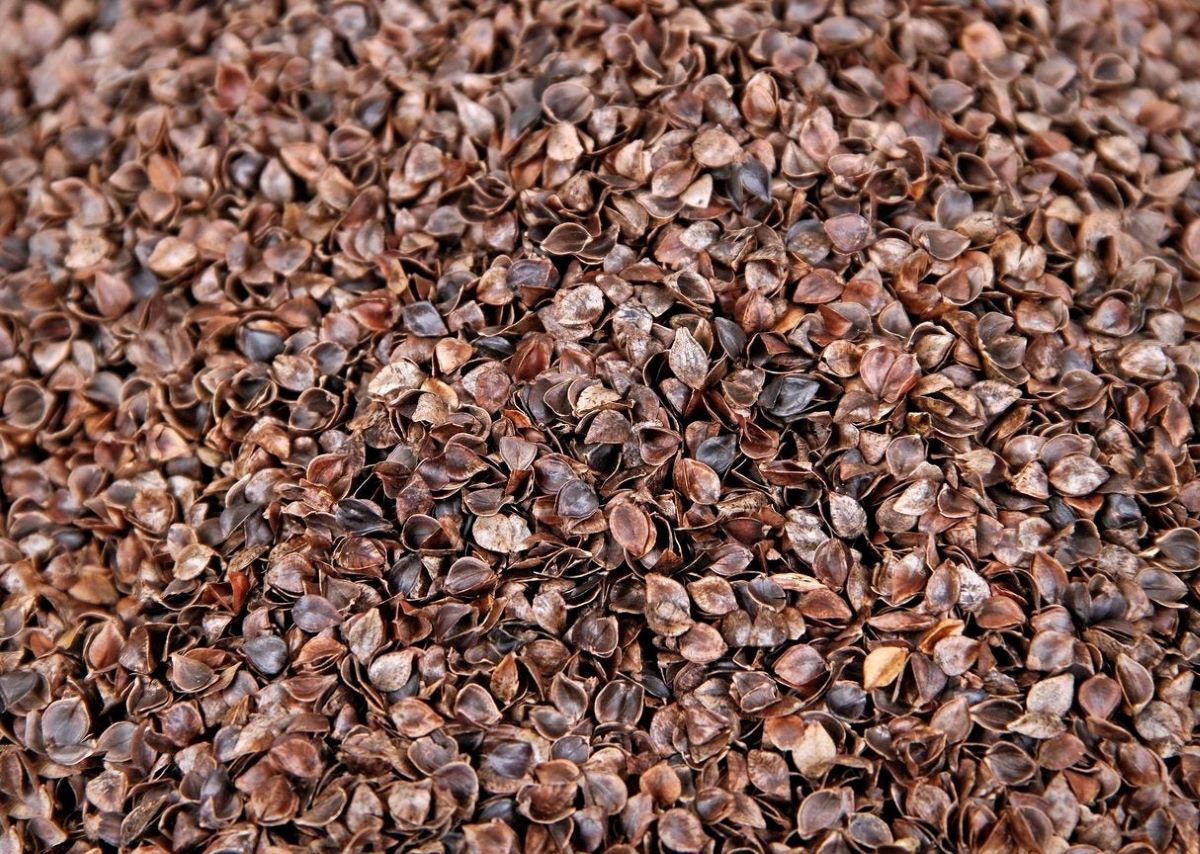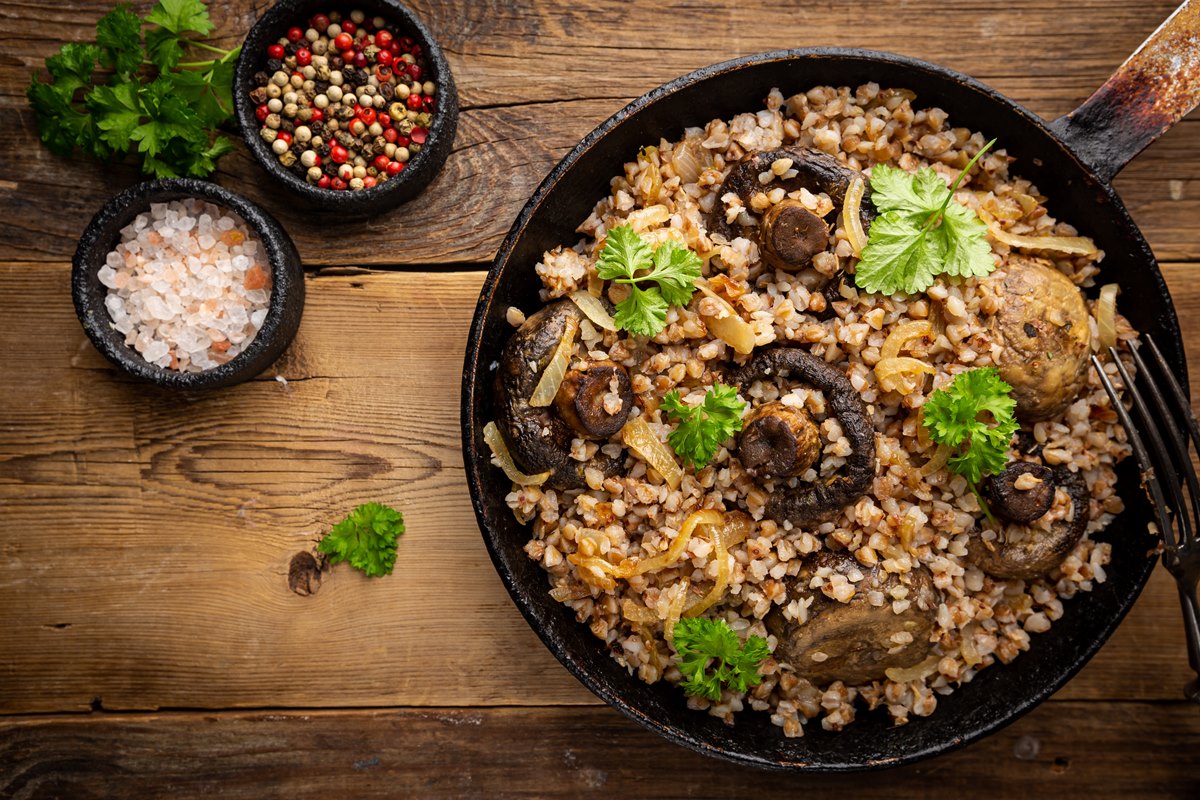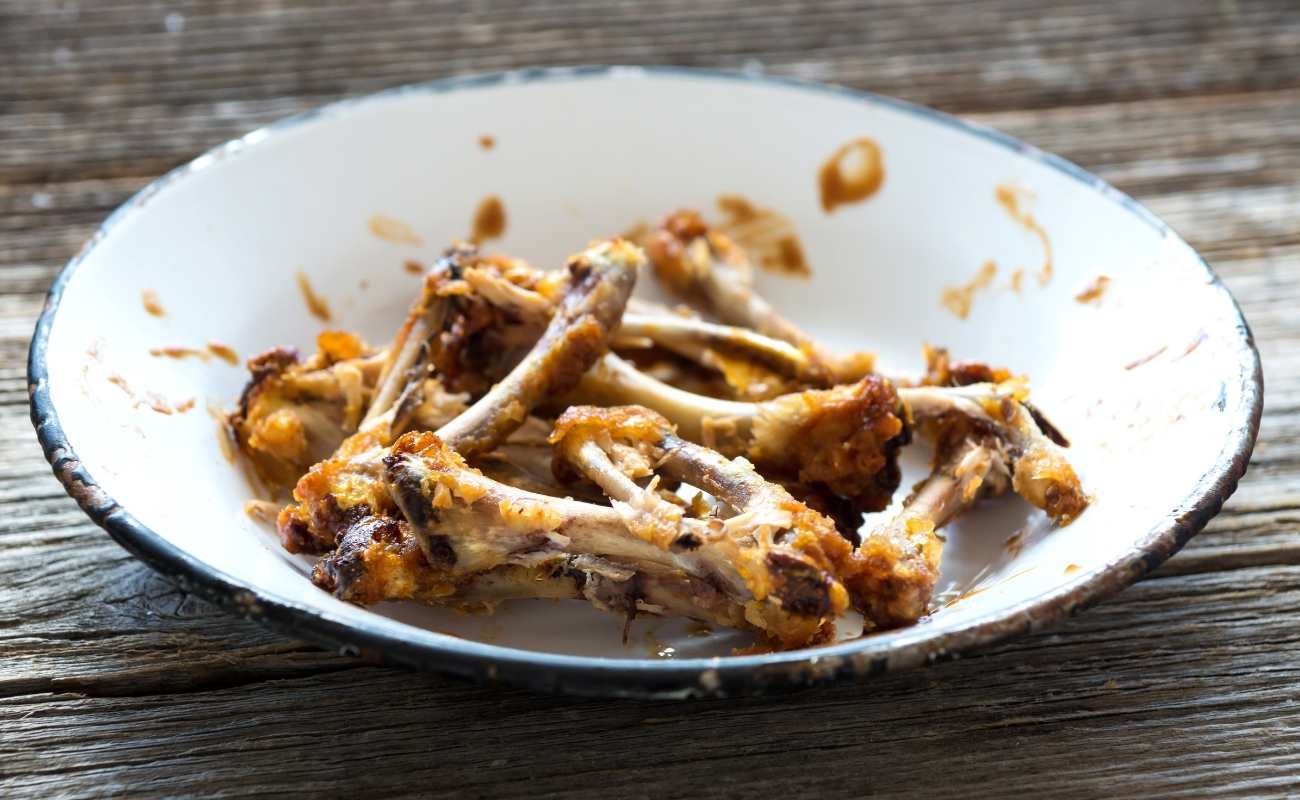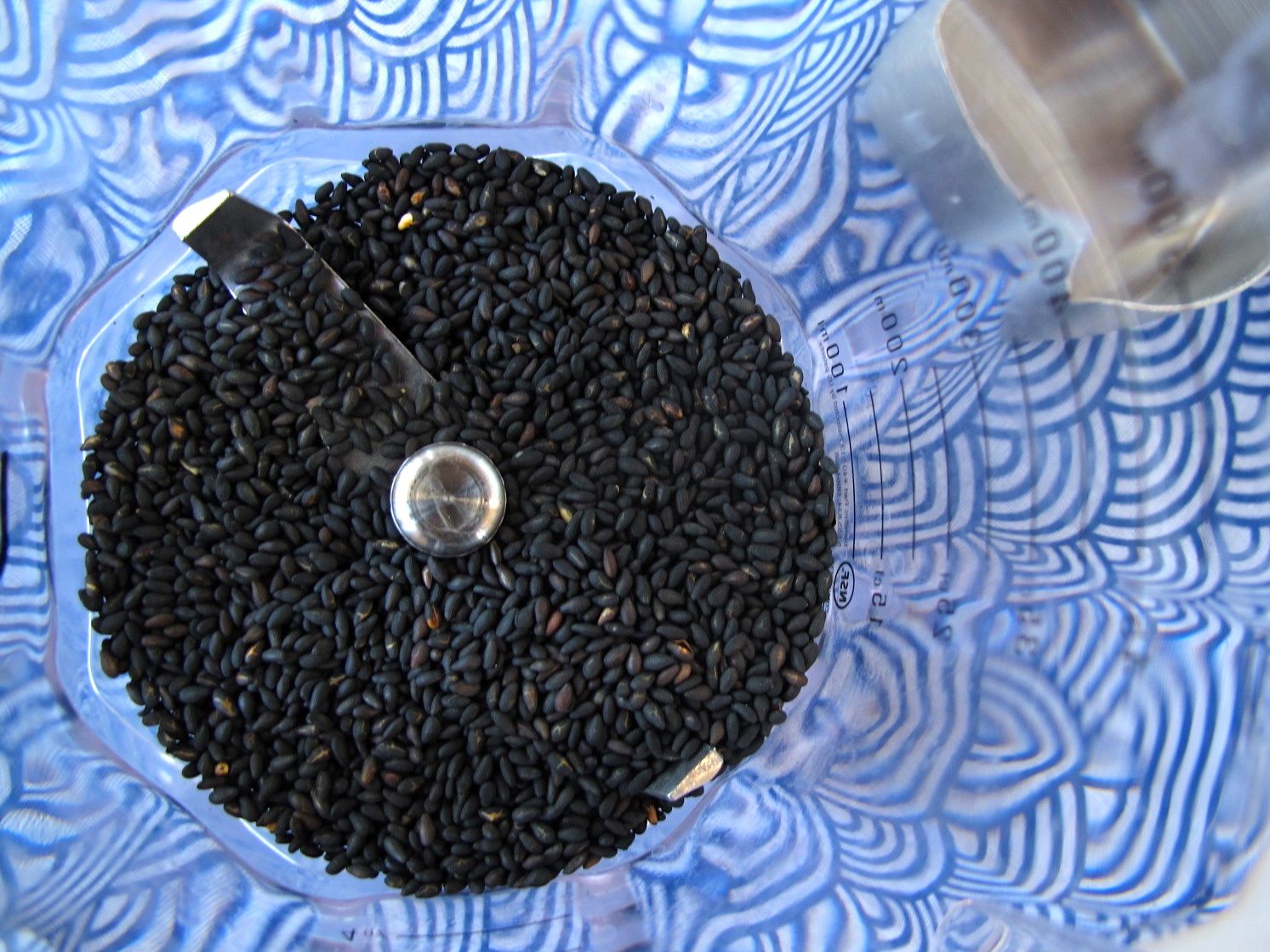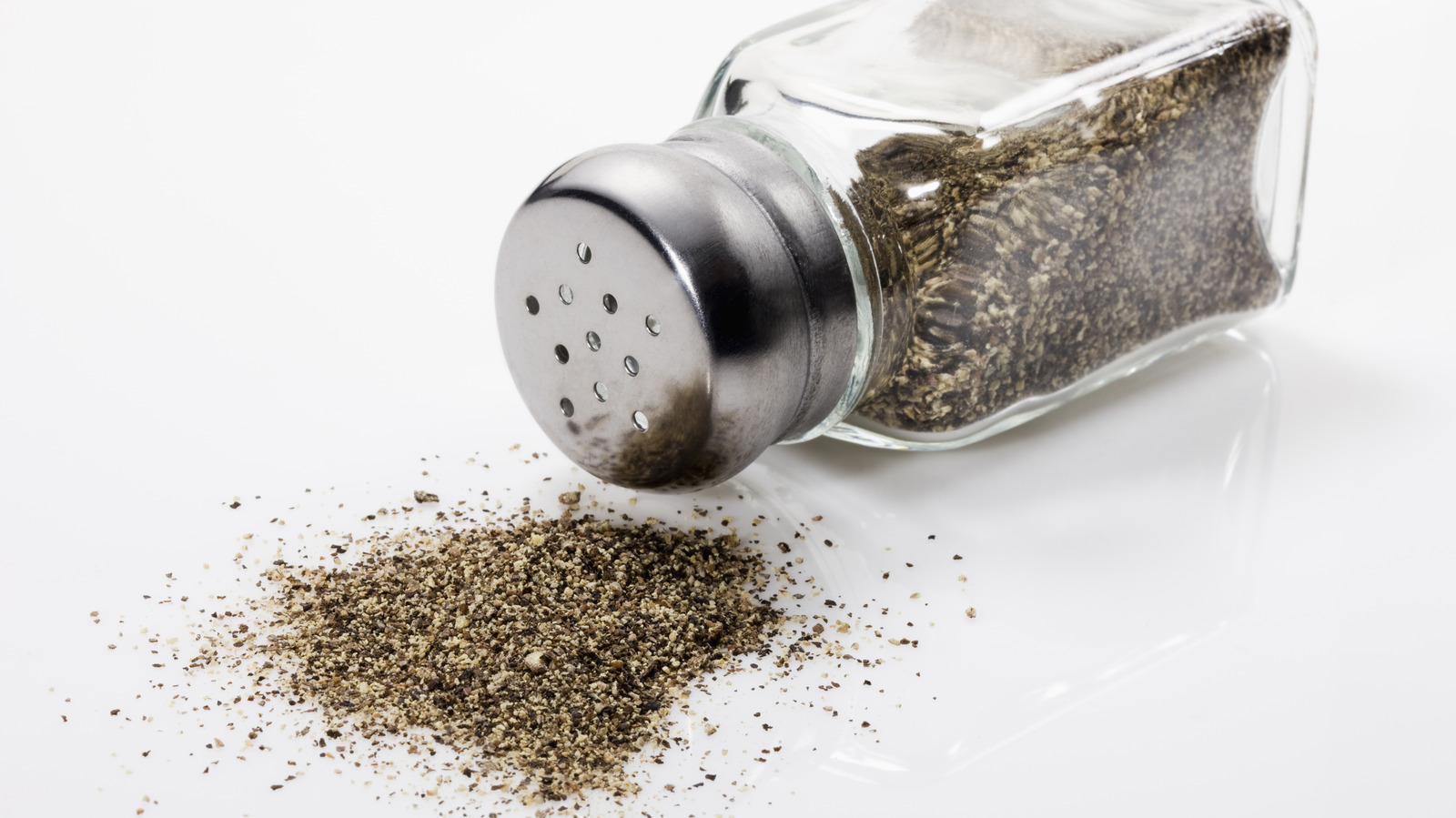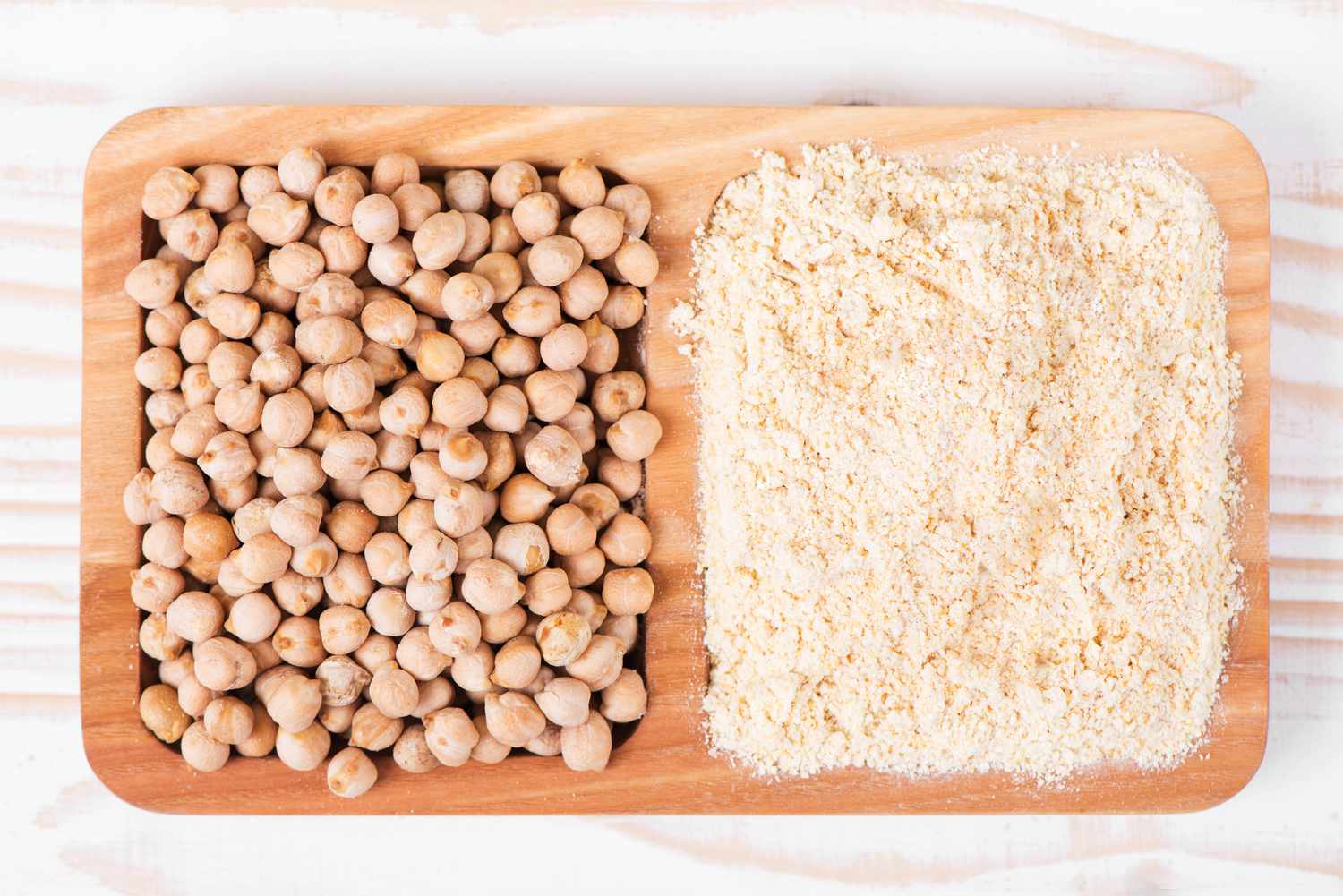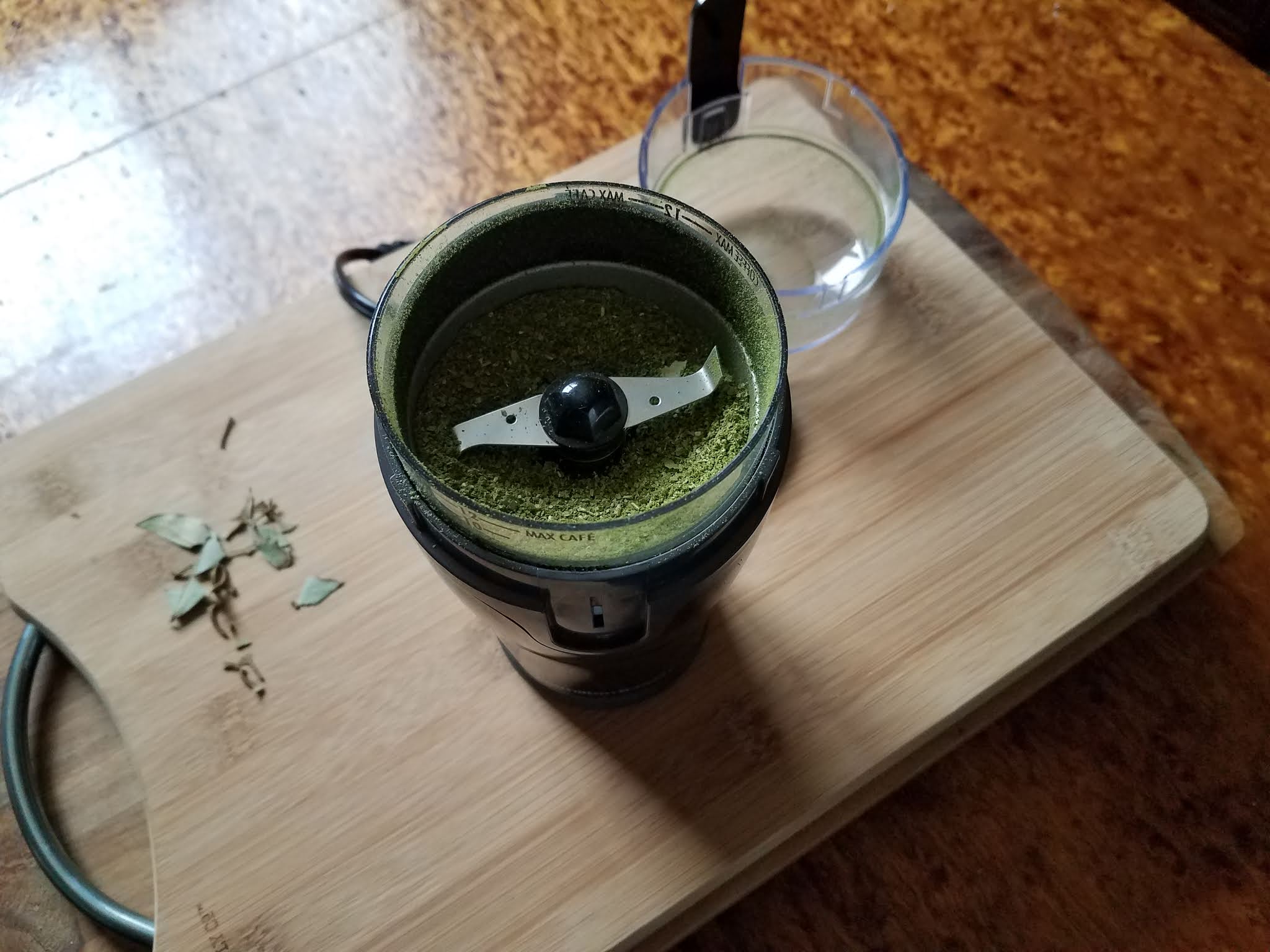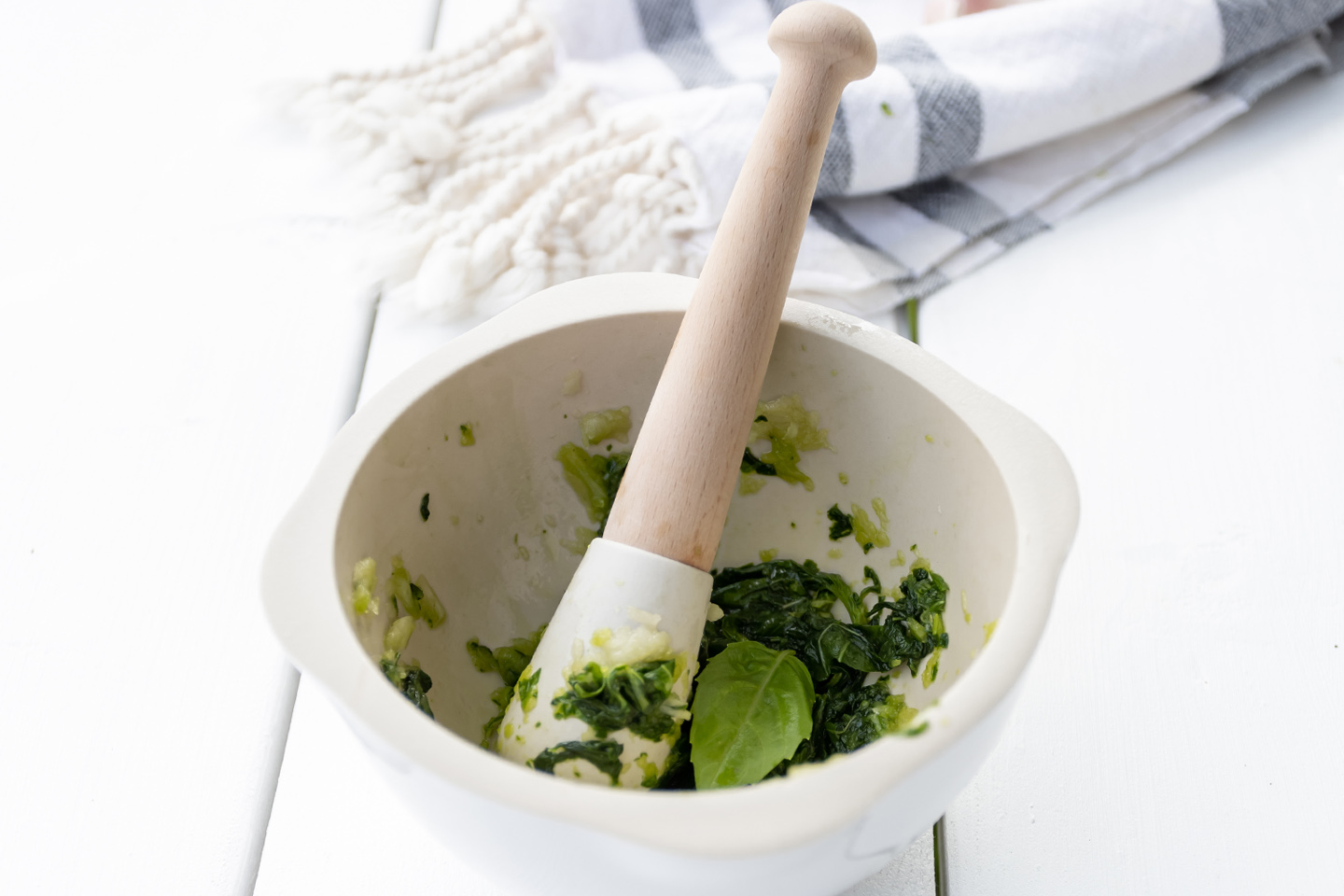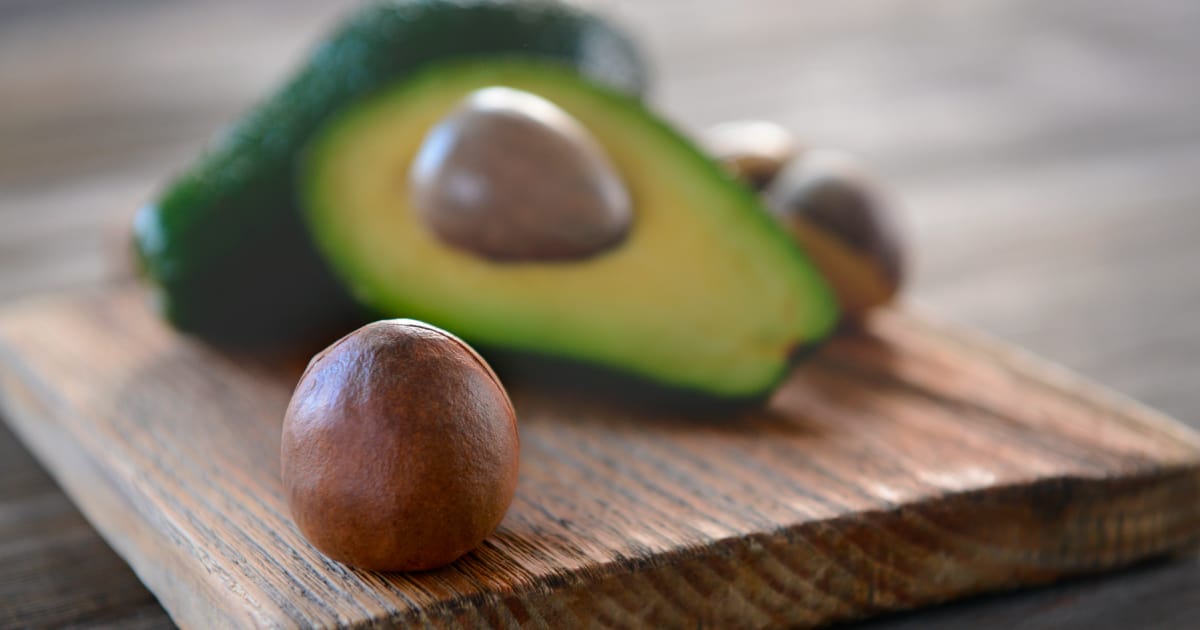Sure, I can help with that! Here's a blog post that will rank on Google:
Unlock the Secret to Making Buckwheat Flour at Home
Are you ready to take your baking game to the next level? If you’re a fan of alternative flours, then you’ll love the process of grinding your own buckwheat groats into flour. Not only does it give you complete control over the texture and freshness of the flour, but it also allows you to enjoy the unique nutty flavor of buckwheat in your favorite recipes. Let’s dive into the step-by-step process of grinding buckwheat groats into flour right in your own kitchen.
What You’ll Need
Before you get started, gather the following tools and ingredients:
- Buckwheat groats
- High-speed blender or grain mill
- Measuring cups
- Large bowl
- Fine mesh strainer (optional)
The Grinding Process
Now that you have everything you need, it’s time to start grinding your buckwheat groats into flour. Follow these simple steps:
- Measure the desired amount of buckwheat groats based on your recipe’s requirements.
- If using a high-speed blender, add the groats to the container and secure the lid. Start at a low speed and gradually increase to high, blending until the groats transform into a fine, powdery flour. This process may take a few minutes, so be patient.
- If using a grain mill, follow the manufacturer’s instructions for grinding buckwheat groats into flour. The settings may vary depending on the type of mill you have.
- Once the groats have been ground into a fine flour, transfer it to a large bowl. If you notice any coarse particles, you can sift the flour through a fine mesh strainer to achieve a smoother texture.
Storing Your Homemade Buckwheat Flour
After grinding your buckwheat groats into flour, it’s important to store it properly to maintain its freshness. Place the flour in an airtight container and store it in a cool, dry place away from direct sunlight. When stored correctly, homemade buckwheat flour can last for several months, allowing you to enjoy its unique flavor in a variety of recipes.
Benefits of Using Buckwheat Flour
Buckwheat flour is not only delicious, but it also offers several health benefits. It’s naturally gluten-free, making it an excellent choice for individuals with gluten sensitivities or celiac disease. Additionally, buckwheat is rich in nutrients, including fiber, protein, and essential minerals such as magnesium and manganese. By grinding your own buckwheat groats into flour, you can harness these nutritional benefits and elevate your baking creations.
Get Creative in the Kitchen
Now that you’ve mastered the art of grinding buckwheat groats into flour, it’s time to get creative in the kitchen. Experiment with using buckwheat flour in pancakes, waffles, muffins, and breads to add a wholesome, nutty flavor to your favorite dishes. You can also use it as a gluten-free alternative in recipes that call for traditional wheat flour. The possibilities are endless, so don’t be afraid to let your culinary imagination run wild!
Conclusion
Grinding buckwheat groats into flour at home is a simple and rewarding process that allows you to enjoy the unique flavor and nutritional benefits of buckwheat in your baking endeavors. With the right tools and a bit of patience, you can create fresh, high-quality buckwheat flour that will take your recipes to new heights. So, roll up your sleeves, grab your blender or grain mill, and embark on the journey of making your own buckwheat flour from scratch. Your taste buds will thank you!
Now that you know the secret to making buckwheat flour at home, it’s time to put your newfound knowledge to the test. Get ready to impress your friends and family with delicious, homemade treats that showcase the wholesome goodness of buckwheat flour. Happy baking!
For those ready to turn buckwheat groats into flour, there are several recipes to try that showcase this skill. Buckwheat Pancakes Recipe makes a hearty breakfast. Buckwheat Waffles Recipe offers a crispy start to the day. Buckwheat Bread Recipe and Buckwheat Banana Bread Recipe are both excellent for baking enthusiasts. For something savory, Buckwheat Pizza Crust Recipe is a unique twist on a classic. Buckwheat Crepes Recipe provides a versatile base for sweet or savory fillings. Buckwheat Cookies Recipe is perfect for a sweet treat. Buckwheat Pie Crust Recipe adds a nutty flavor to your favorite pies, and Buckwheat Pasta Recipe is a great alternative to traditional pasta. Each recipe highlights the versatility of buckwheat flour, making them all worth trying.

